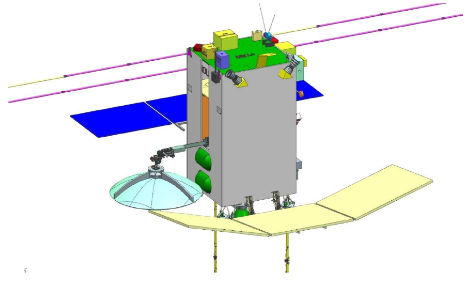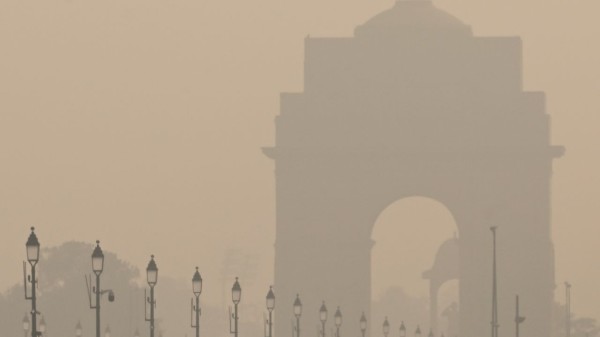

By signing in or creating an account, you agree with Associated Broadcasting Company's Terms & Conditions and Privacy Policy.


By signing in or creating an account, you agree with Associated Broadcasting Company's Terms & Conditions and Privacy Policy.

The Earth, Venus and Mars were all assembled in the swirling clouds of gas, dust and ice surrounding a newborn Sun. In the infancy of the Solar System, all of these rocky worlds started out with similar conditions. The surfaces of all these three worlds were believed to be habitable at one point, with liquid water flowing on the surface. Over time though, these planets went down very different evolutionary trajectories. The Earth became a warm and temperate island for life. Mars became a cold and arid desert with a wispy, tenuous atmosphere. Venus went down the other way, with a thick, crushing atmosphere, and a runaway greenhouse gas effect that makes it hotter than Mercury. Mars has an atmosphere 100 times thinner than the Earth, while Venus has an atmosphere that is 100 times denser. In the future, the Earth may become either like Venus or like Mars, which is why studying these worlds is crucial.
At a lecture for INSA in September 2023, the then ISRO Chairman S Somanath had said, “Very small part of the life of Earth only human beings are there. But, for most of its life, the Earth was not habitable at all. It is important for us to understand the evolution of planetary bodies. Only if you look at Venus, Mars et cetera, that you can actually study, what effects are there, that make Earth habitable.” At the 2024 National Space Symposium, Somanath said, “Other missions that we are currently discussing are, Venus. I think this has been going on for some time, with various architectures for a Venus mission has been worked out. I think all of you know about the interest in Venus, I don’t have to explain to you why Venus is so important and interesting. Similarly, there is a possibility of landing on Mars. Today, we know the helicopter we sent is now silent. So, possibly, some of our people were speaking out, ‘we are going to send a helicopter’, I don’t know, maybe we will find out whether we should be sending a helicopter by ourselves.”
In September 2024, the Union Cabinet chaired by Prime Minister Narendra Modi formally approved of the Shukrayaan or Venus Orbiter Mission and the Mars Lander Mission, or Mangalyaan 2. ISRO plans to launch both the Mangalyaan 2 and Shukrayaan missions in 2008. The Shukrayaan mission will use a gravity-assist manoeuvre around a planet to fly to Venus, taking advantage of its thick atmosphere to shed velocity, and drop an atmospheric probe that will attempt to survive for as long as possible, potentially even reaching the surface. The Mangalyaan 2 mission will use supersonic parachutes to slow down the descent into the Martian atmosphere, lowering a lander from a sky crane with retrothrusters. The lander will then deploy a rover and potentially even a Mars helicopter to explore the surface.

Illustration of the Shukrayaan spacecraft. (Image Credit: ISRO).
While the broad science goals and configurations of the missions have been finalised, ISRO is still working out the engineering for the specific payloads, and is working closely with international collaborators for conducting unique science, pushing the boundaries of human knowledge. The Mangalyaan 2 mission is constrained by the capacity of ISRO’s launch fleet, which cannot accommodate very heavy landers. ISRO has to necessarily build a small, lightweight spacecraft that drives up the costs.
Like most of its deep space missions, ISRO plans to make the data gathered by the Shukrayaan and Mangalyaan 2 missions publicly available to the global science community. The primary gain from the Venus mission is expected to be a clearer understanding of planetary evolution and habitability, and why Venus has diverged so greatly despite starting off as a world similar to the Earth. The comparative study of Earth, Mars and Venus as sister planets can yield crucial insights into what factors make a world habitable, and what processes cause them to follow down divergent evolutionary paths.
Both the missions are expected to advance ISRO’s capabilities for operating deep-space probes. Both Mars and Venus pose very different engineering challenges, and solving these problems will improve the technological prowess of ISRO. Successfully executing these challenging missions can pave the way for more advanced capabilities, including sample return missions from the Red Planet in the future.








